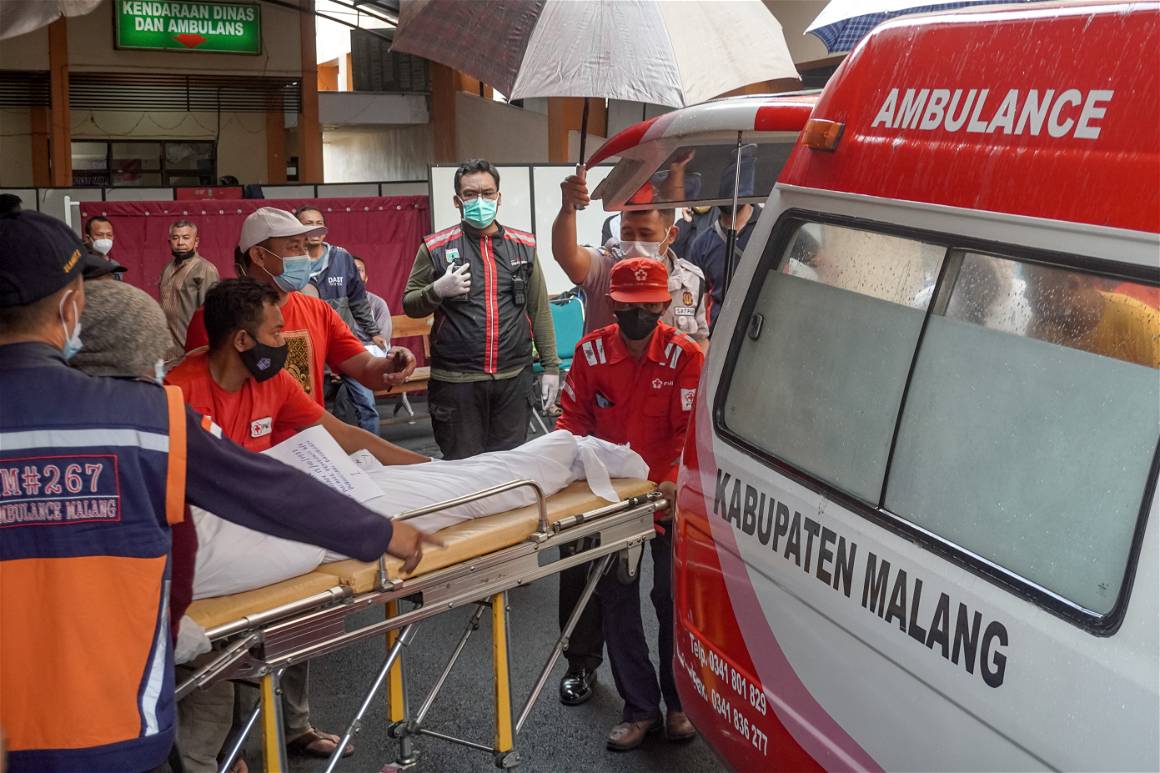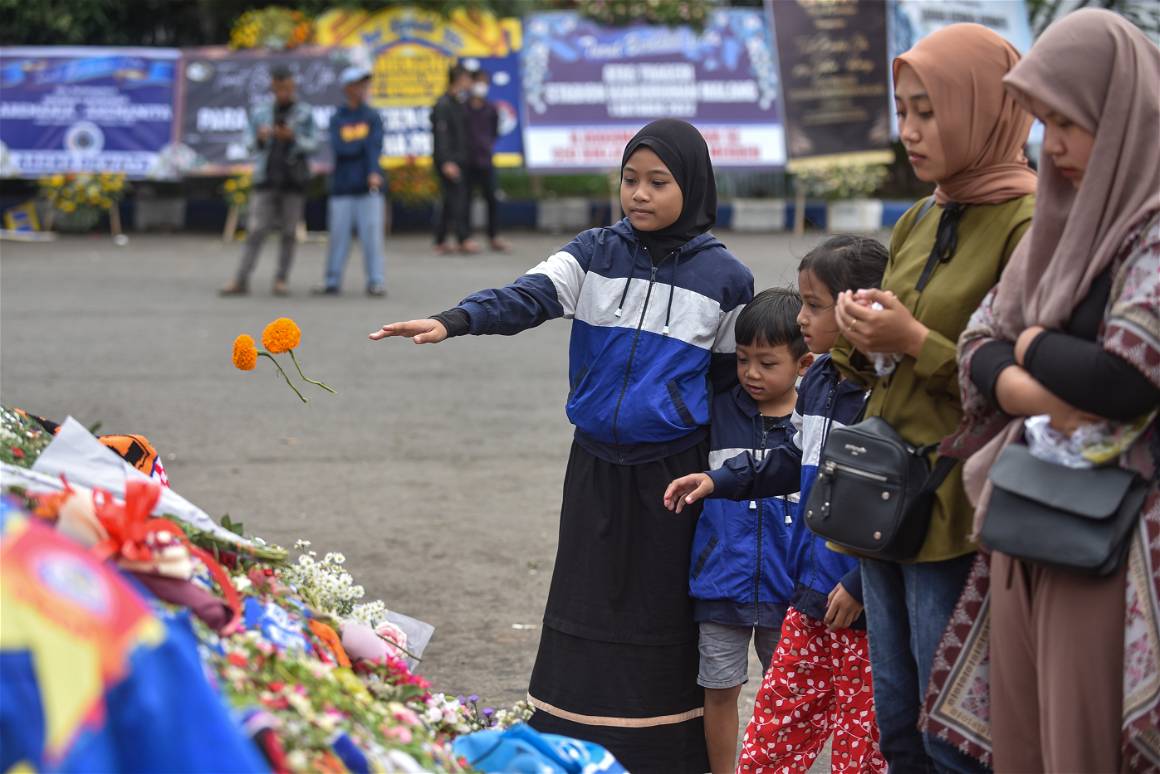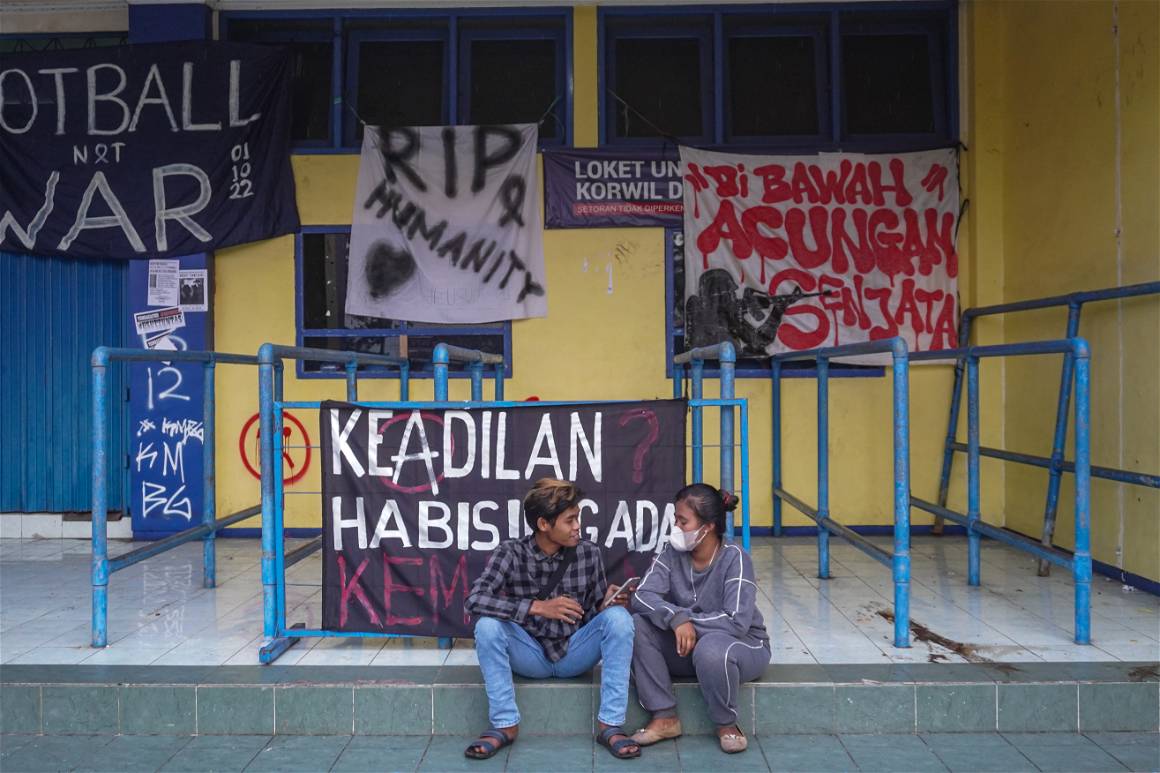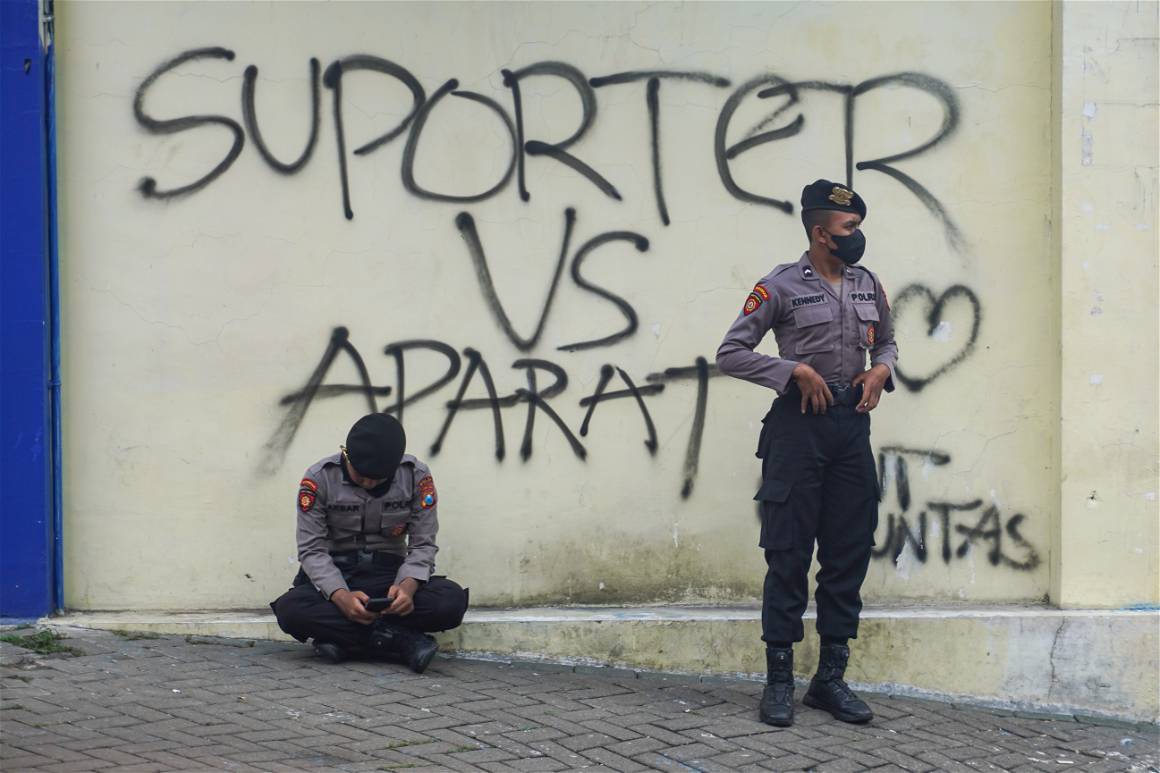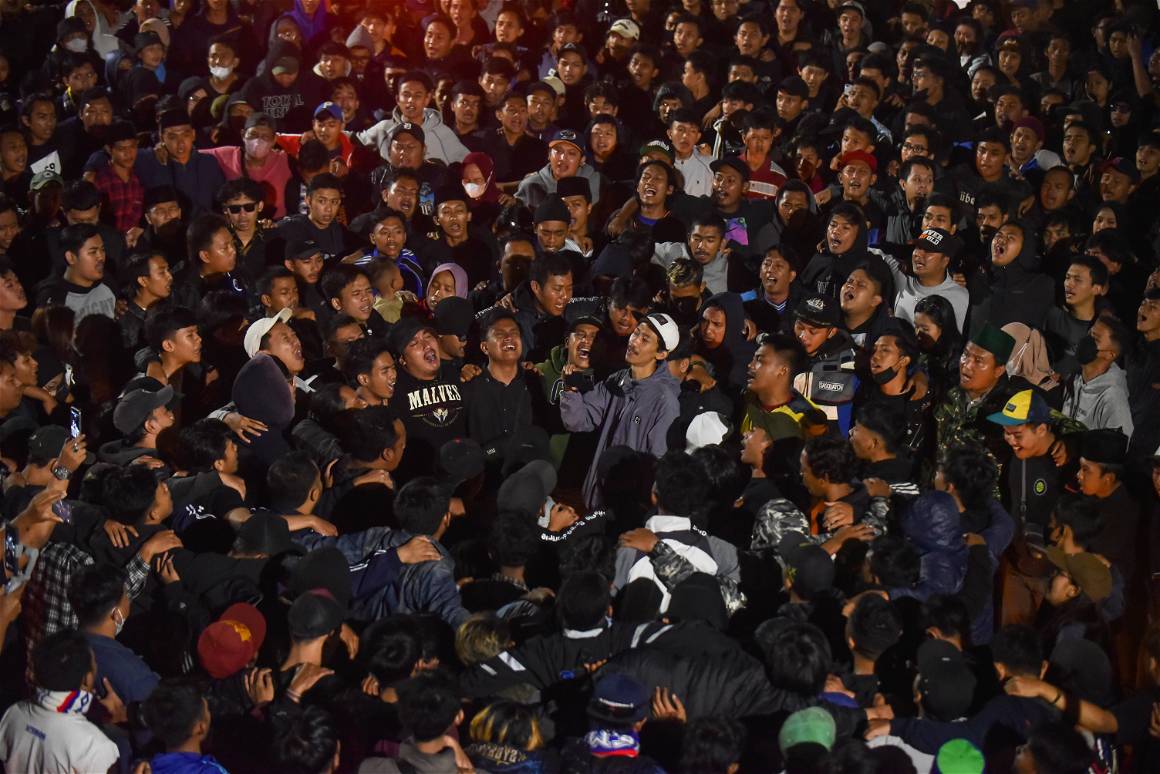Attending a football match is often an experience of shared devotion, togetherness and wholehearted spirit. But sometimes, amidst the high-octane enthusiasm and overwhelming passion, unforeseen disasters strike, casting a dark shadow over what should have been moments of joy.
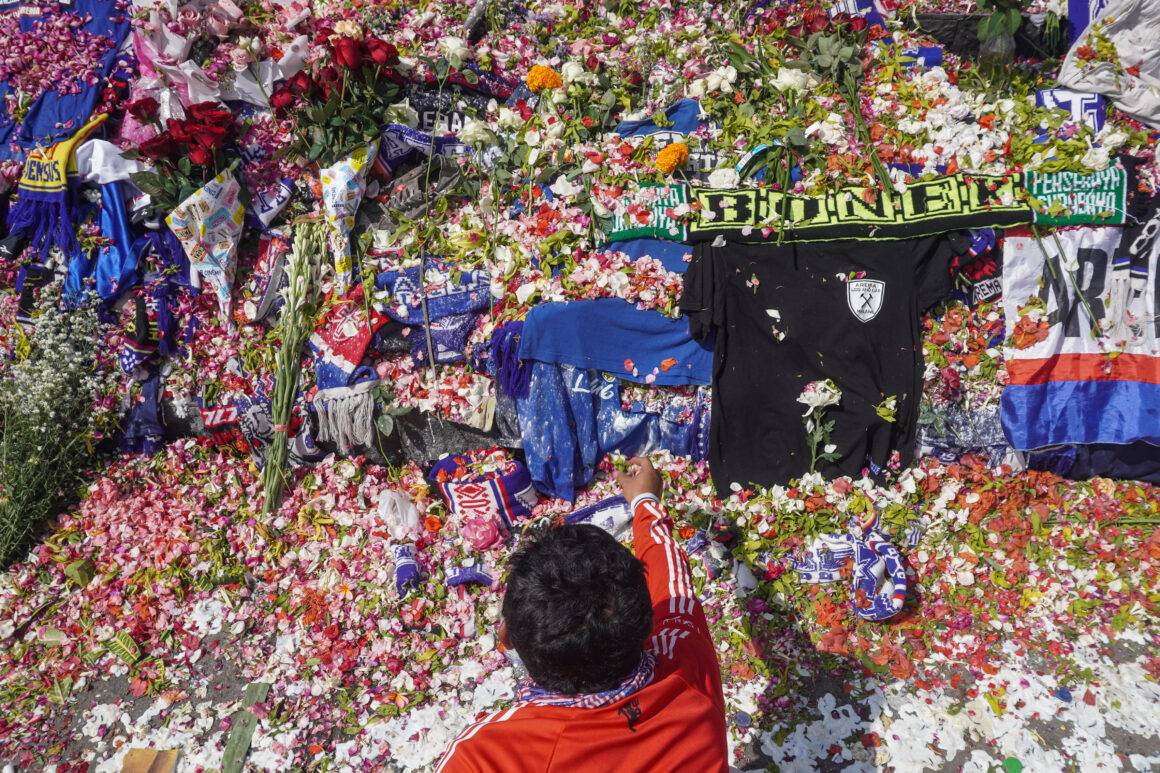
Uncovering the Kanjuruhan Stadium Tragedy with Dicky Bisinglasi
On 1 October, 2022, the second-deadliest stadium catastrophe in history occurred in Malang, Indonesia. Following a bitter loss of local Arema FC against archrivals Persebaya Surabaya at Kanjuruhan Stadium, emotions sparked high amongst the Aremania (the biggest supporters group of Arema FC), resulting in a chaotic pitch invasion by more than 3,000 people. Riot police forces responded with violence and waves of teargas, which led to breathing problems, mass panic and a stampede, intensified by the lack of exit routes to get out of the stadium.
135 people, including elders and children, lost their lives on this tragic night, and more than 600 fans suffered severe injuries.
In an exclusive interview with The Game Magazine, IMAGO had a conversation with local Bali-based visual journalist and documentary photographer Dicky Bisinglasi, who was one of the first at the scene, explained how news photographers deal with these situations and deliver insights into the eerie atmosphere after the Kanjuruhan Stadium tragedy.
“I observed families receiving photographs of unidentified bodies found by the first responders.
The atmosphere was filled with tears and grief.”
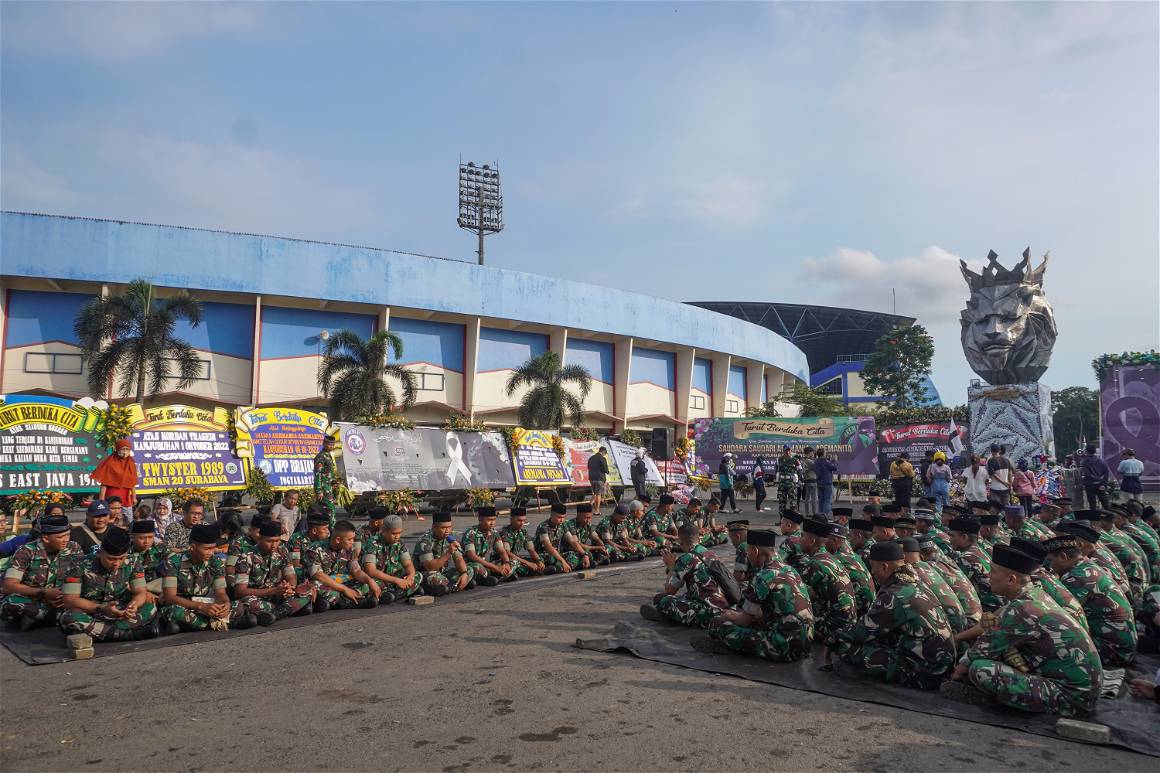
Dicky Bisinglasi | A military from the Yonzipur 5 corps of Kepanjen held a prayer in front of Kanjuruhan Stadium, Malang, East Java, Indonesia.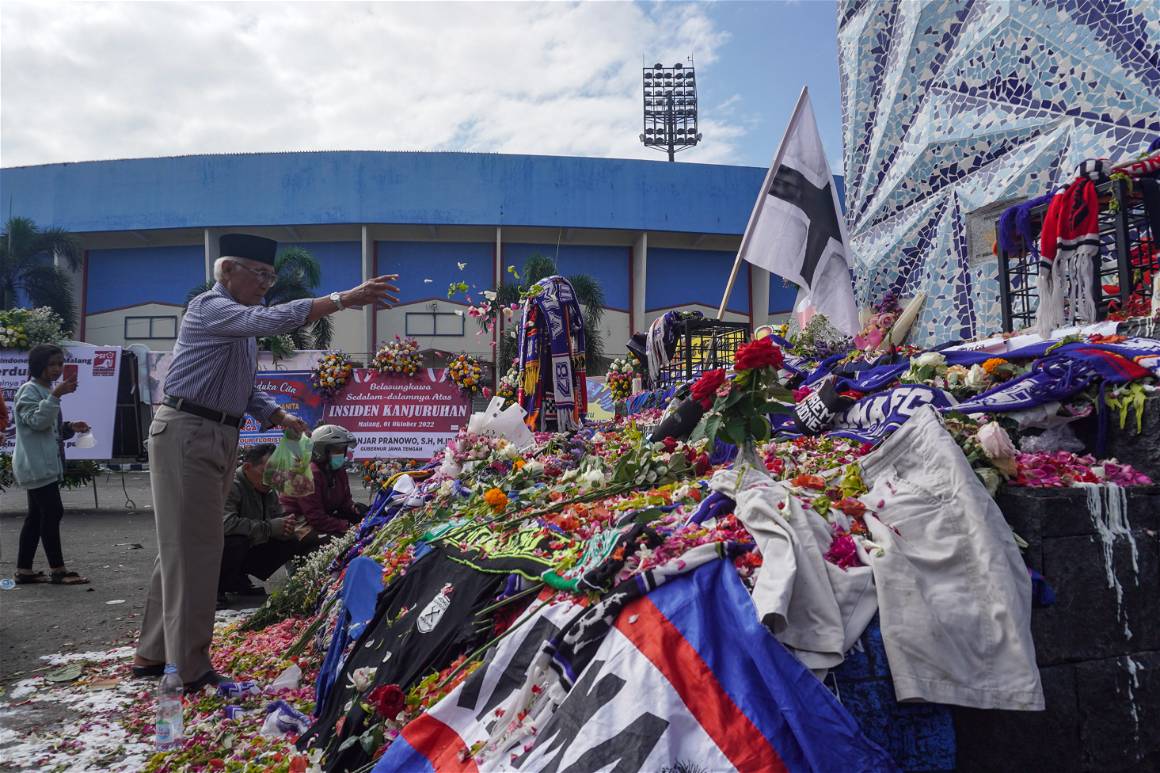
Dicky Bisinglasi | People throw flowers as they express their condolences to the victims.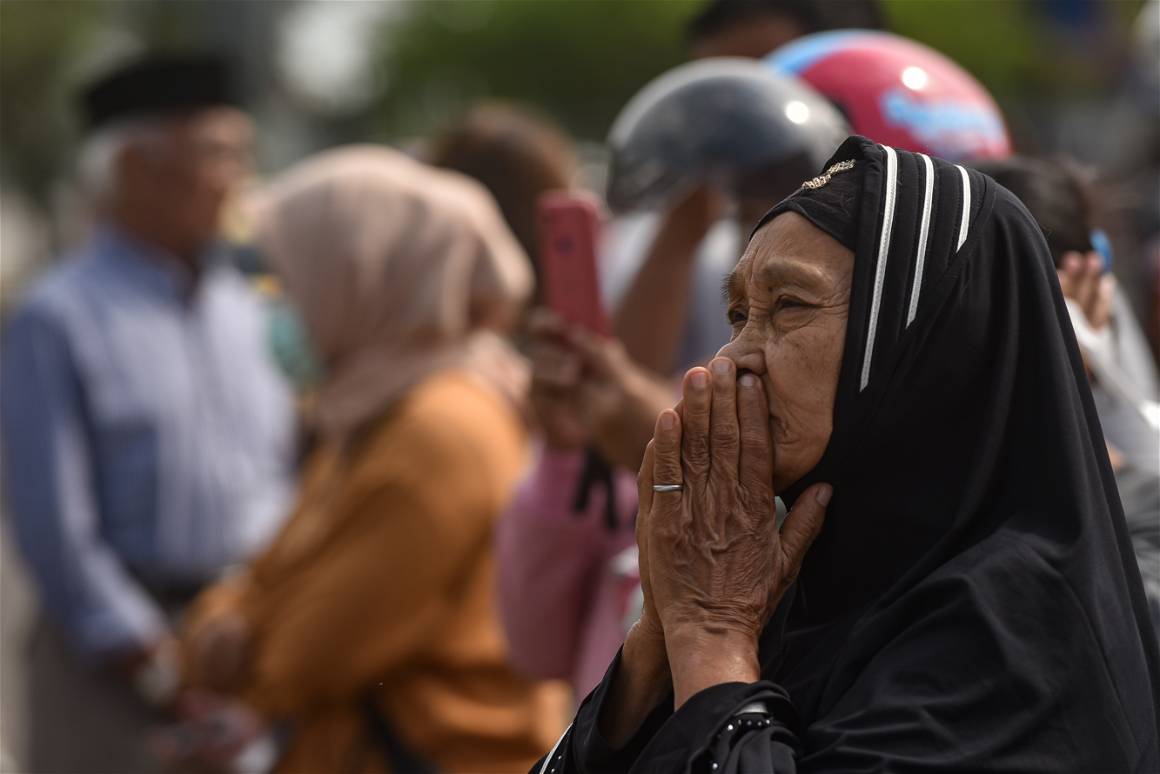
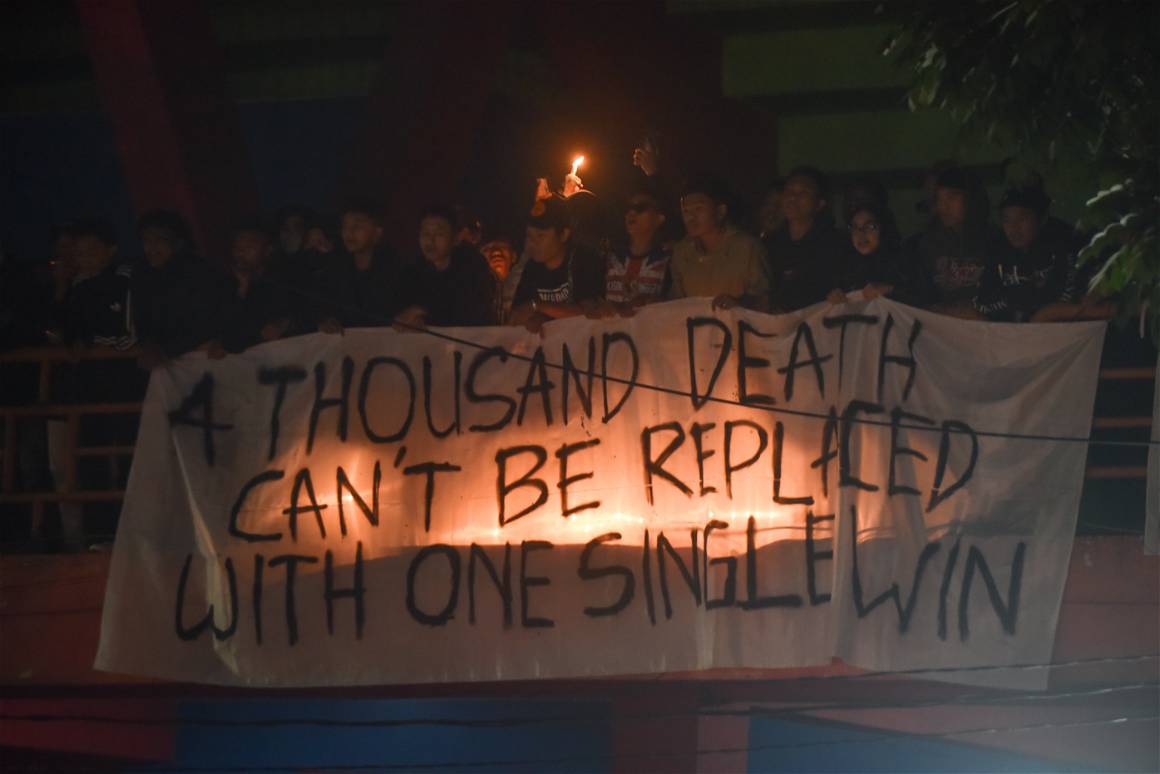
Tell us about your photographic work in Indonesian football.
I’m a general visual journalist and documentary photographer covering a wide range of subjects. One of my passions is capturing sporting events, particularly football games. Malang, Arema FC, and Kanjuruhan Stadium hold a special place in my heart and will do so forever. I was born and raised in Malang, and during my youth, I used to come to the stadium to support Arema FC while wearing supporter gear. At one point, I was an Aremania myself.
I’ve been immersed professionally in the Indonesian football scene since 2014. From 2014 to 2019, my focus was primarily on Arema FC, as I worked for a local newspaper in Malang, East Java, where Arema FC had a significant fan base. In 2019, I relocated to Bali, and since 2021, I’ve been the official photographer for Liga Indonesia Baru, primarily capturing home matches of Bali United FC.
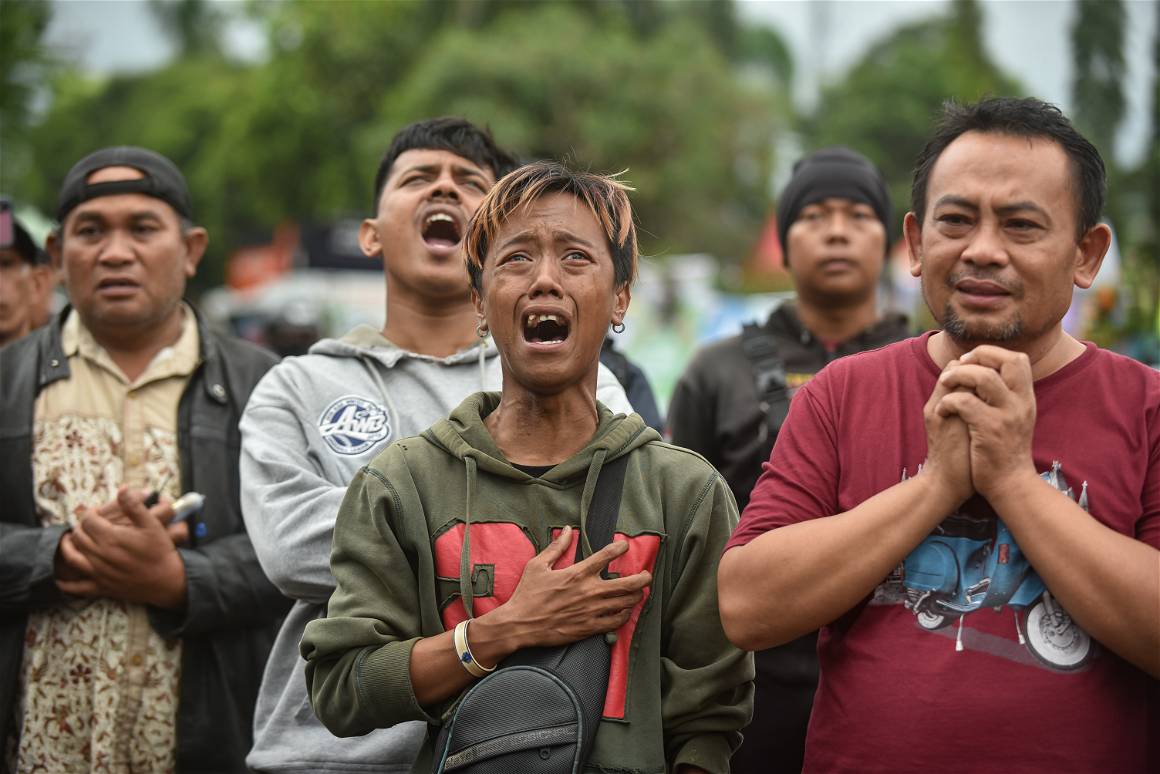
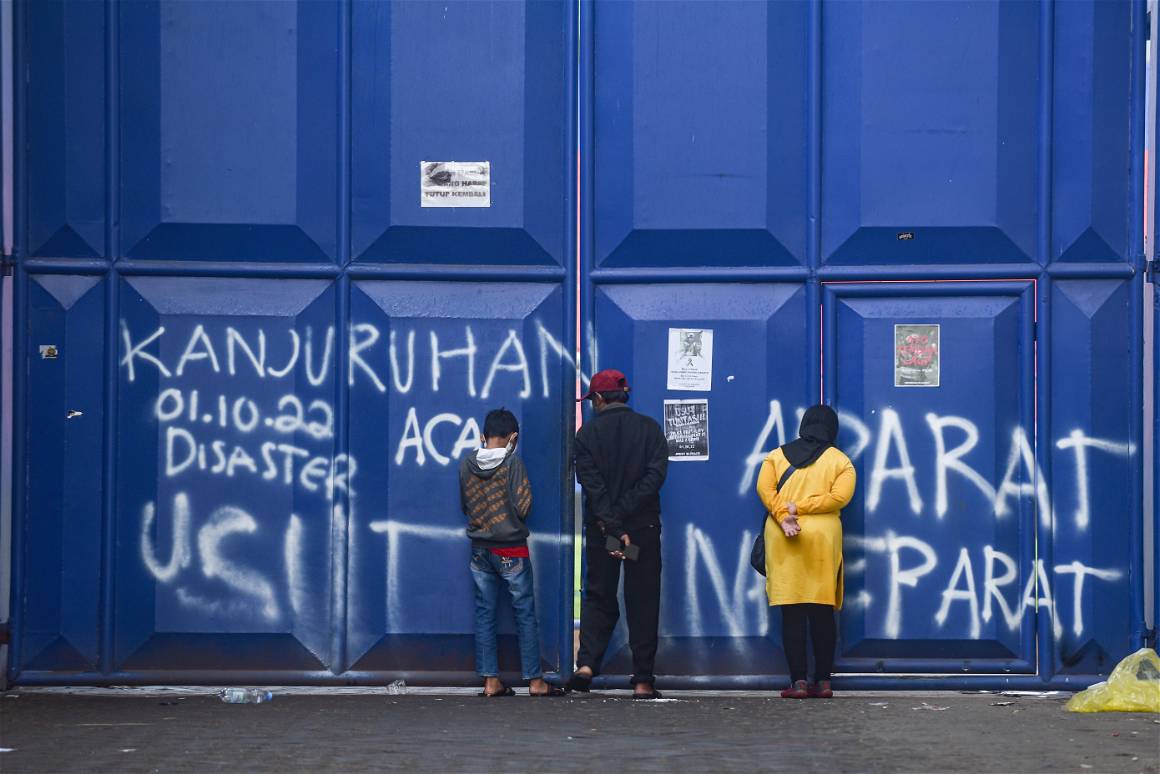
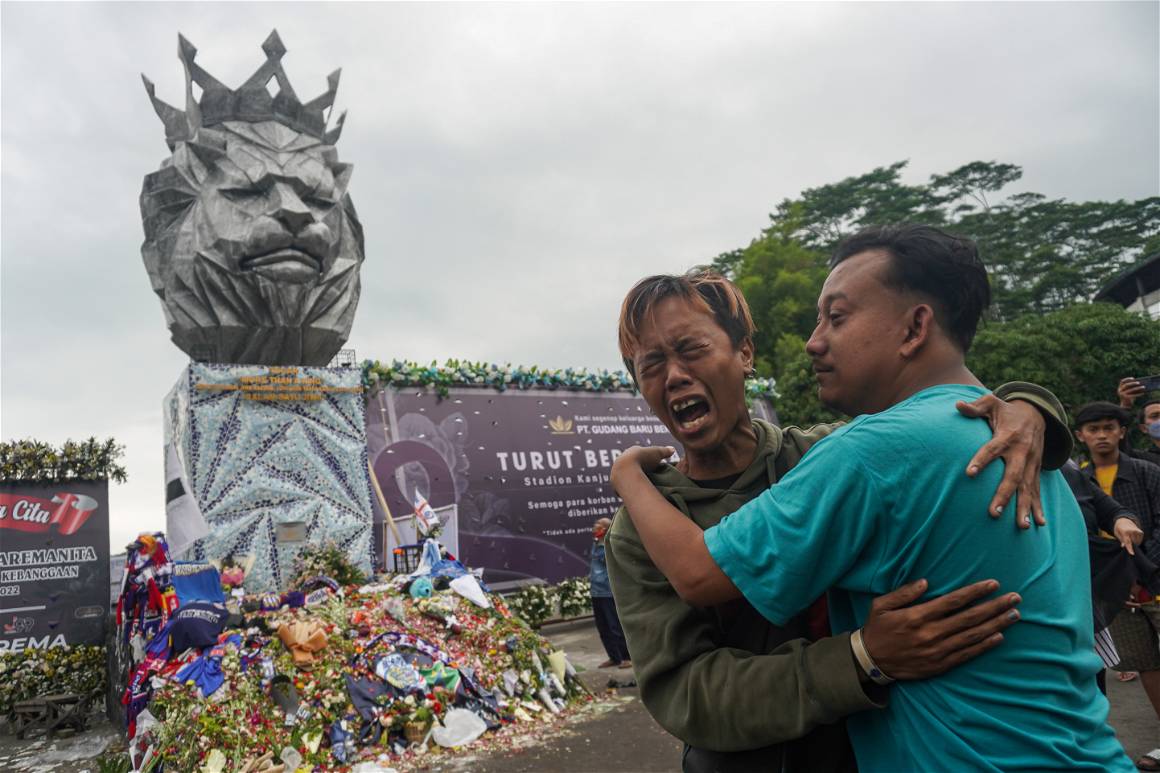 Dicky Bisinglasi | A man weeps during his prayers for the victims outside Kanjuruhan Stadium.
Dicky Bisinglasi | A man weeps during his prayers for the victims outside Kanjuruhan Stadium.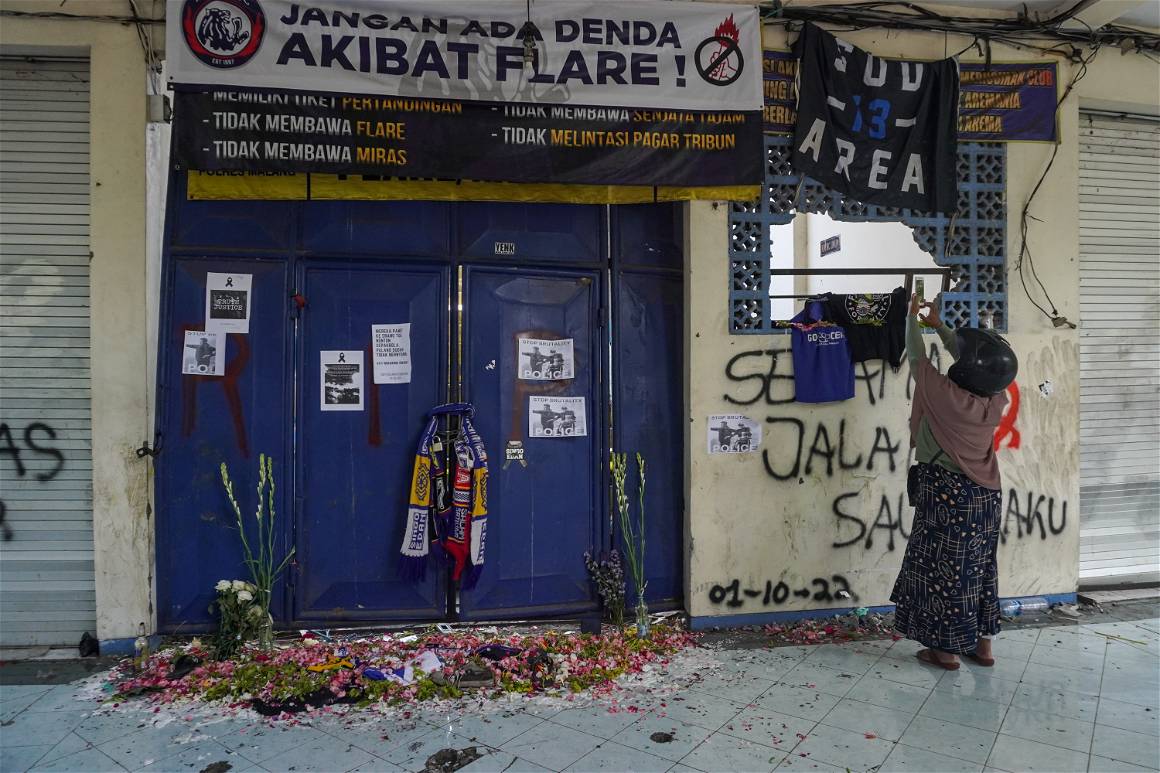 Dicky Bisinglasi | Tributes at the stadium entrance of Kanjuruhan Stadium.
Dicky Bisinglasi | Tributes at the stadium entrance of Kanjuruhan Stadium.Did you have any interactions with survivors, victim’s families, or first responders during your time at the Kanjuruhan Stadium?
Upon my arrival in Malang just hours after the tragedy, I primarily interacted with the victims’ families. I flew from Bali on the first flight to Surabaya at 7 a.m. on October 2, 2022, and then proceeded to Malang by car. My initial destination was Syaiful Anwar Hospital in downtown Malang, where all the deceased victims had been brought. There, I observed families receiving photographs of unidentified bodies found by the first responders. The atmosphere was filled with tears and grief. This poignant scene earned me the ‘Award of Excellence’ in the Spot News category at POY (Pictures Of the Year) Asia 2022. I continued my coverage in Malang, documenting various places and scenes for the
following eight days.
Is there a particular photograph you captured during this tragedy that holds special meaning for you?
One of my most meaningful photographs captured the anguish of families searching for their loved ones as they examined photographs of deceased victims discovered by the first responders at Syaiful Anwar Hospital.

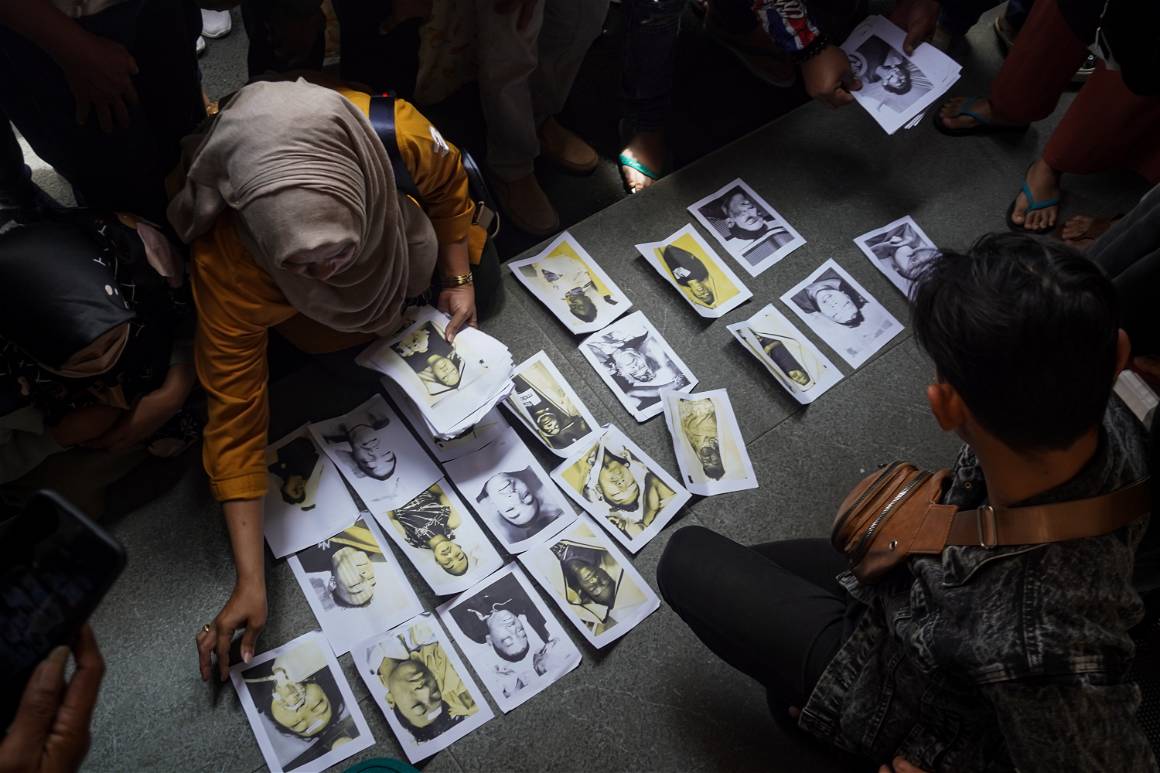
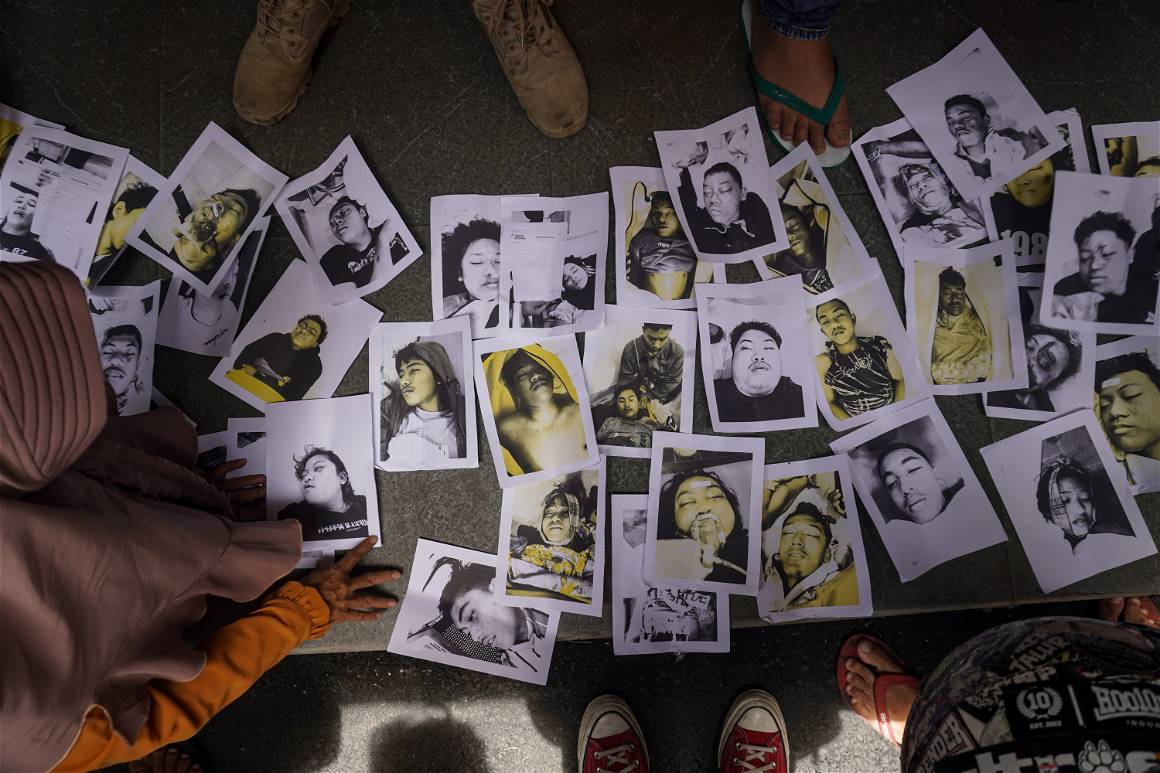
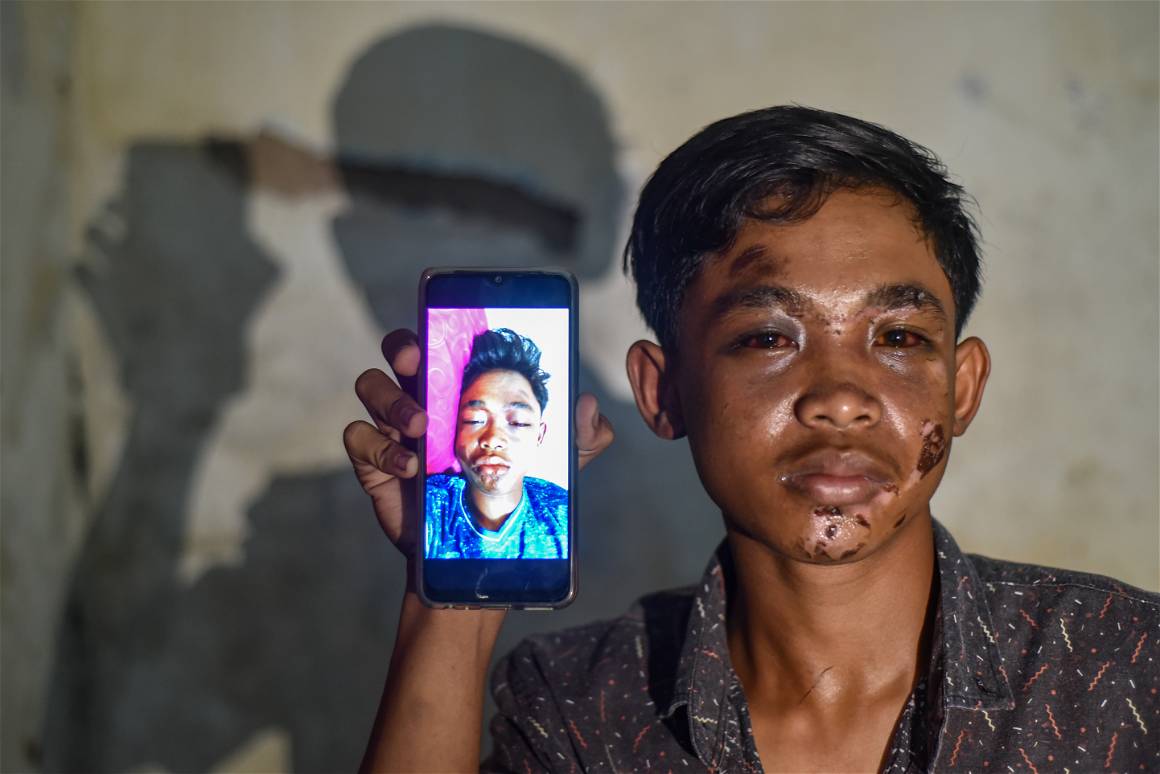
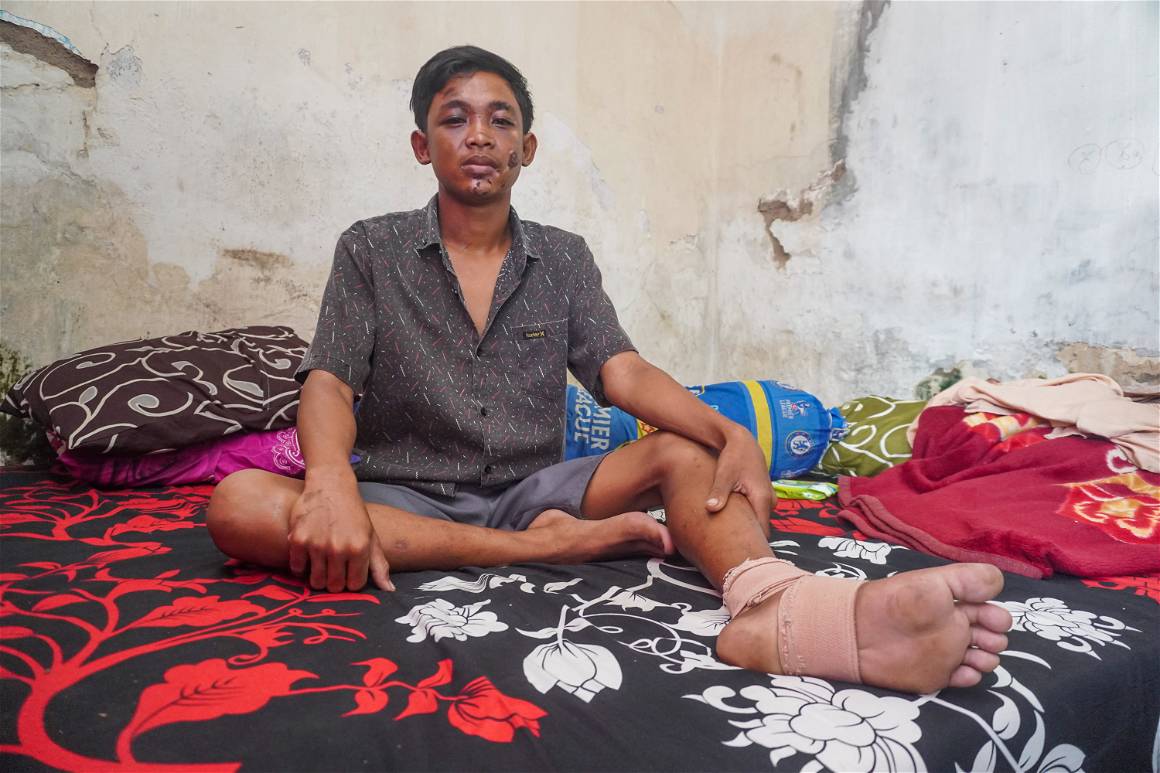
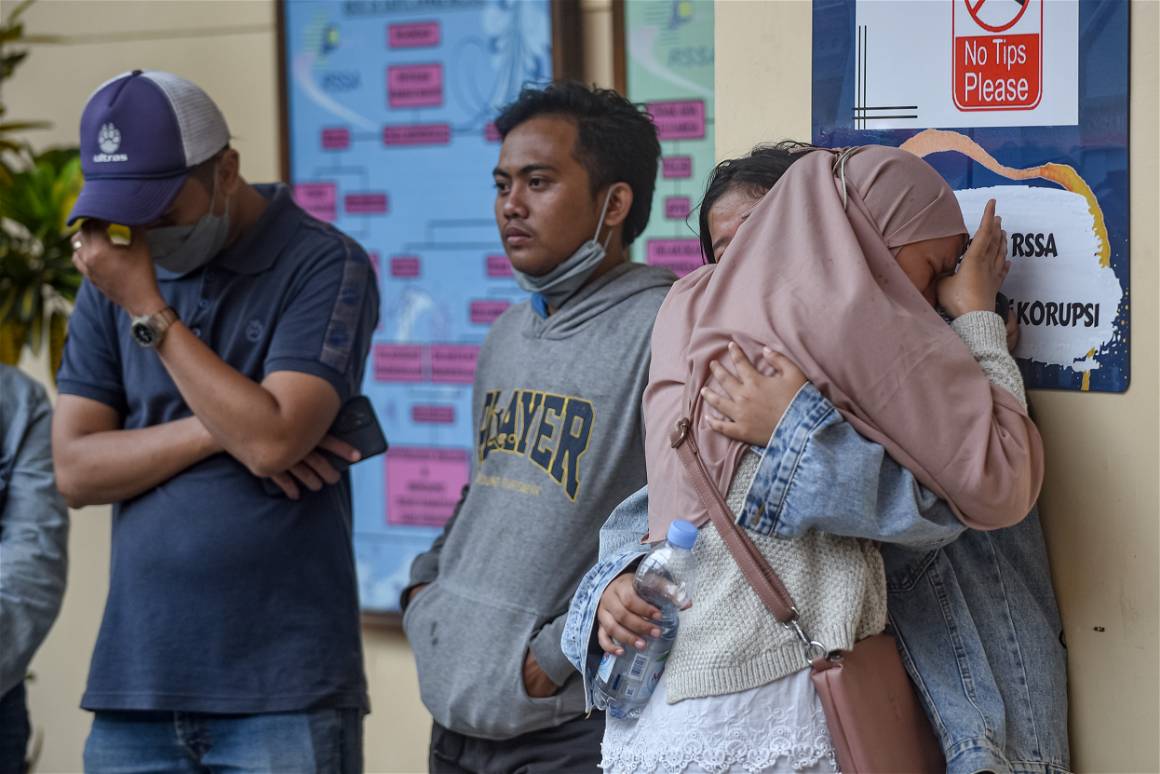
Dicky Bisinglasi | Relatives mourn the loss of loved ones, Syaiful Anwar Hospital, Malang, East Java, Indonesia.
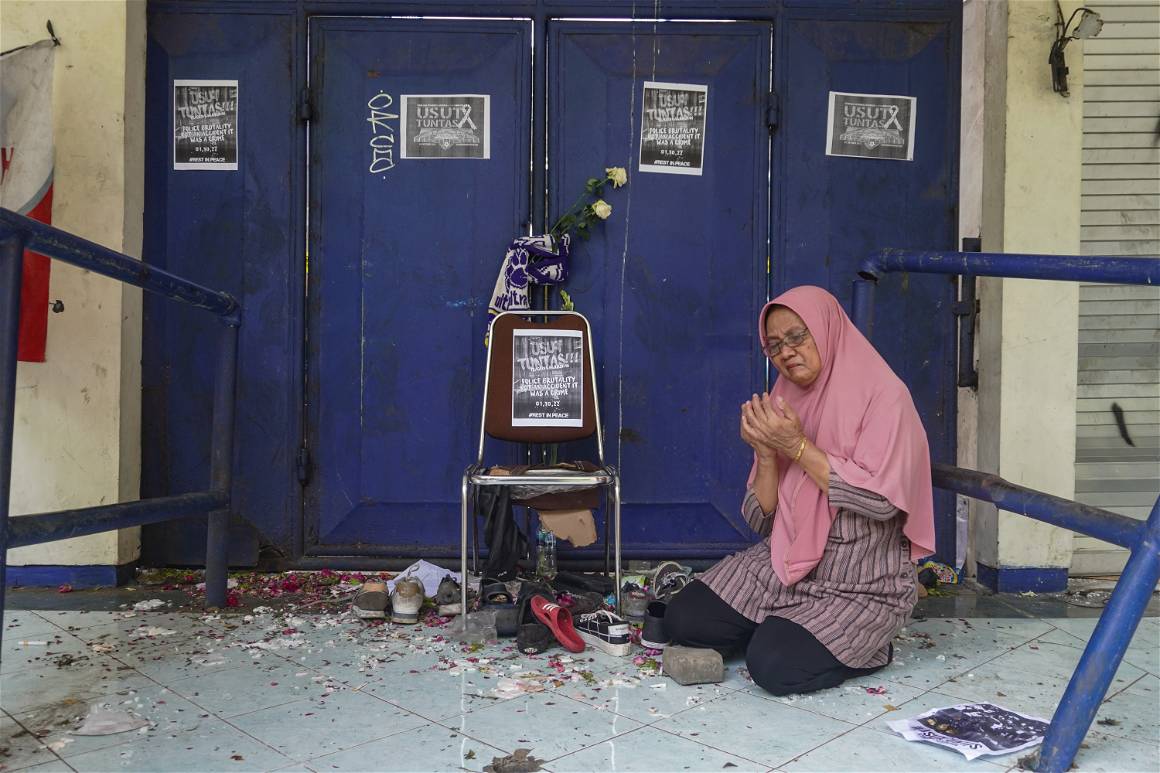
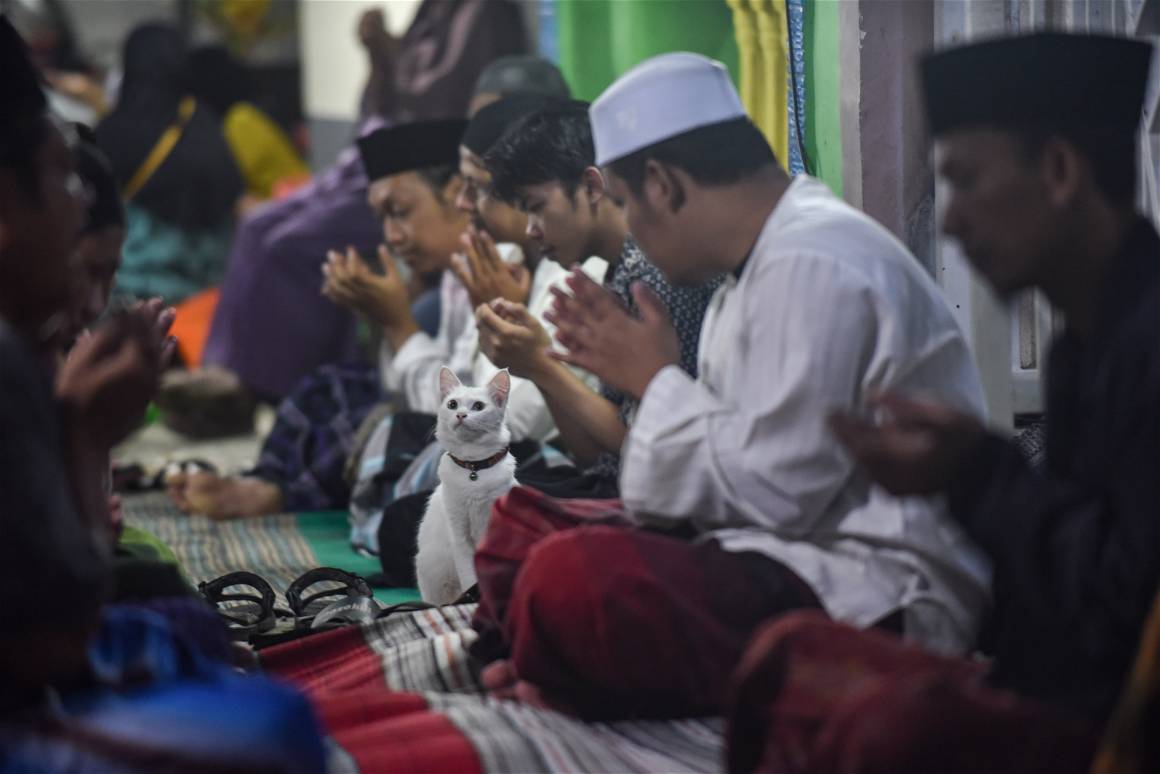
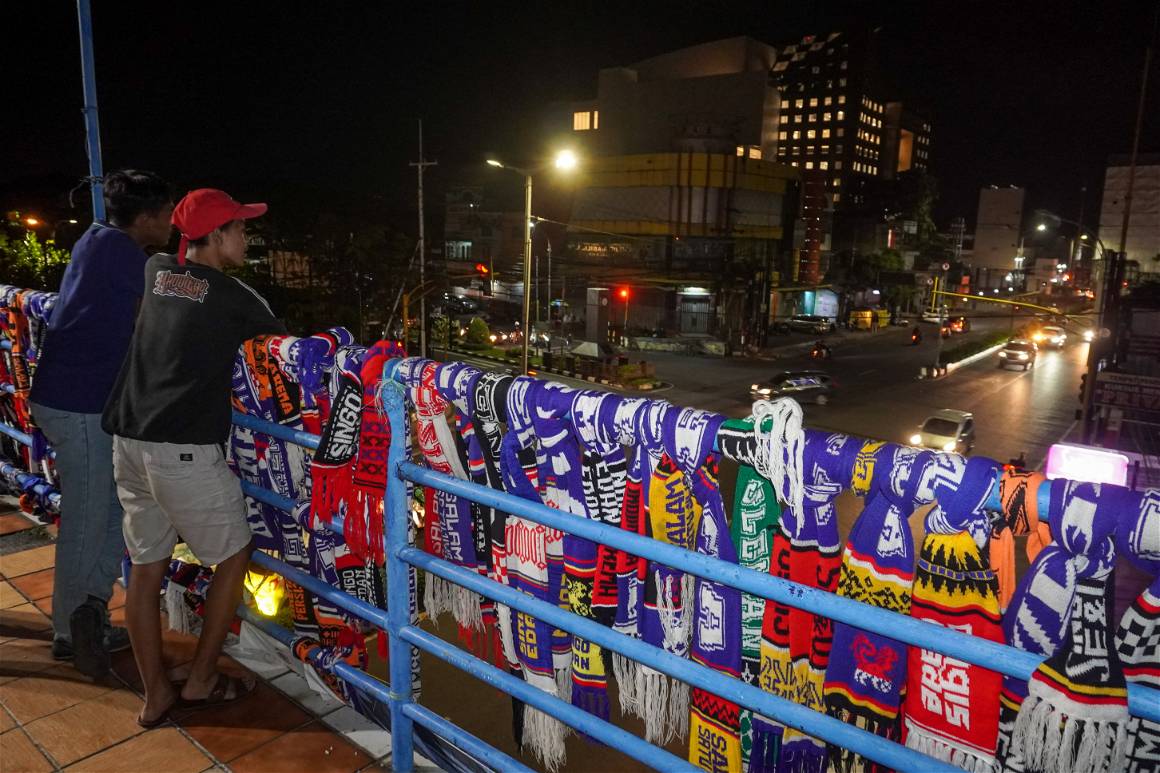
Have there been any changes since the tragedy?
After the fatal incident, the Indonesian league was suspended for a couple of months, temporarily halting the vibrant Indonesian football scene. It attracted significant international media attention as the second deadliest stadium tragedy in the annals of football, following the disaster in Estadio Nacional, Peru, in 1964.
(more background to the topic for audiences)
The Indonesian police forces banned the deployment of tear gas inside stadiums as a result. Indonesia was also set to host the U20-World Cup in 2023 but was stripped of the hosting rights after the stadium disaster and comments about the Israel conflict.
(Find more information about the consequences and changes here.)
The Kanjuruhan Tragedy was the most challenging event I’ve ever covered in Indonesian football. Even though I have witnessed several riots involving supporters inside and outside stadiums before. While I want to emphasize the significance of every life lost, in most cases, these incidents resulted in one or two fatalities.
As a photographer, how do you balance the desire to document the events with the ethical considerations and sensitivity required when covering such a tragic incident?
In my role as a news photographer, my primary responsibility is to provide high-quality content for the public’s consumption as news. This mindset has become second nature to me after years of experience as a visual journalist. I guess I’m trying my best to maintain that balance professionally.
“In my role as a news photographer, my primary responsibility is to provide high-quality content for the
public’s consumption as news.”
